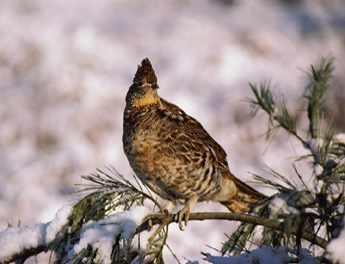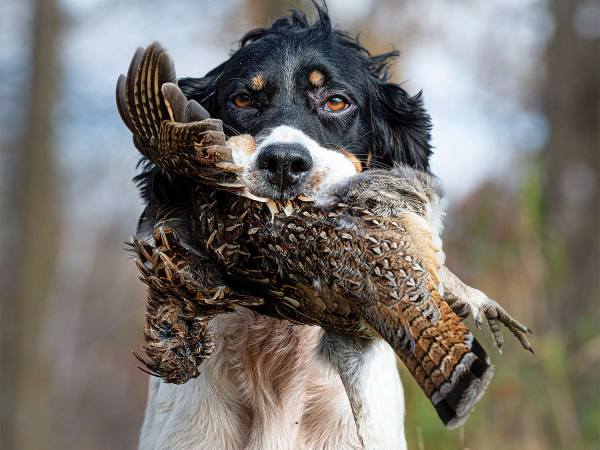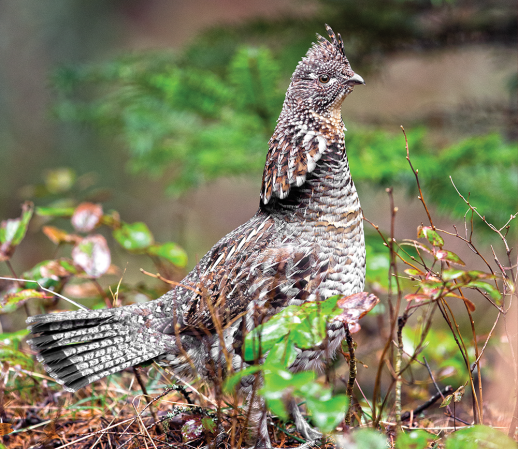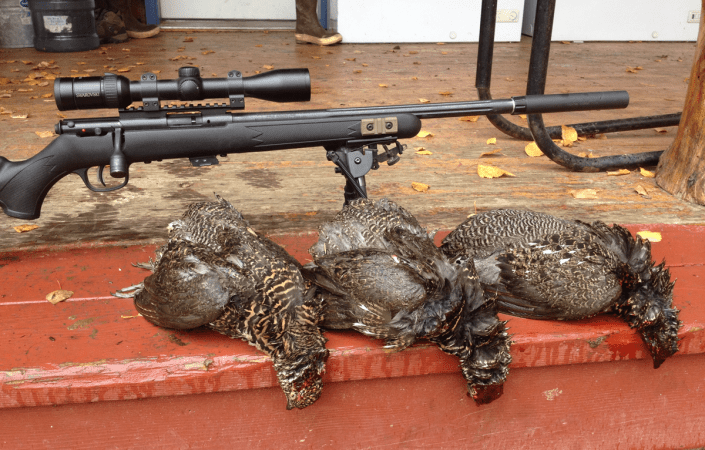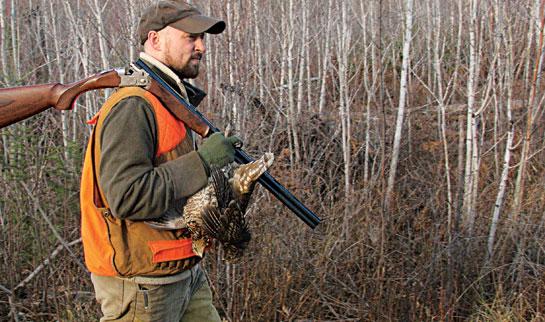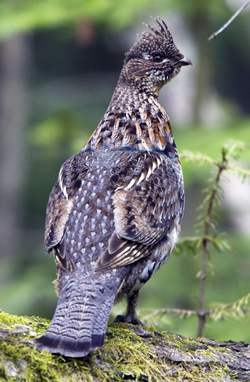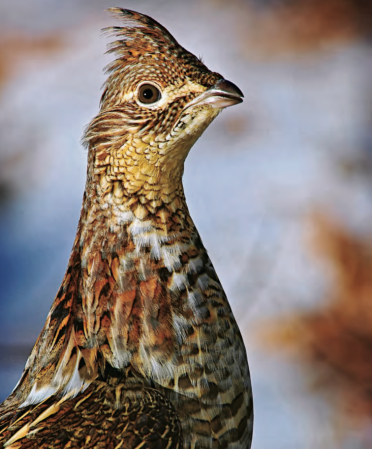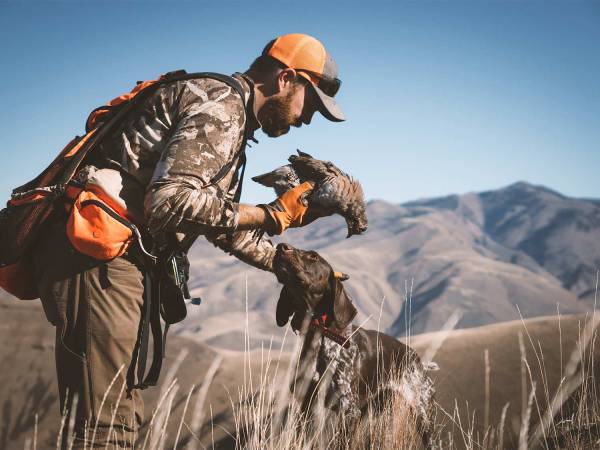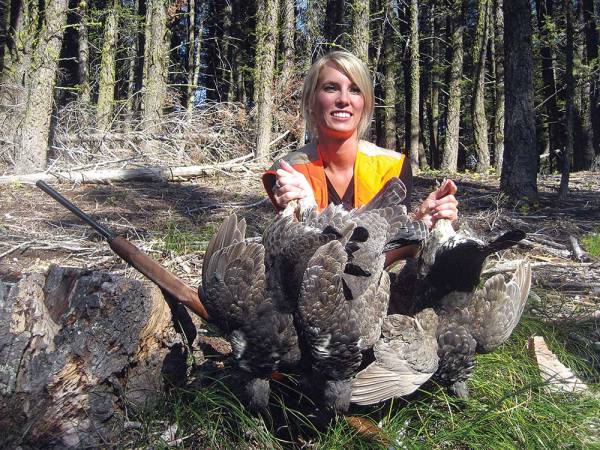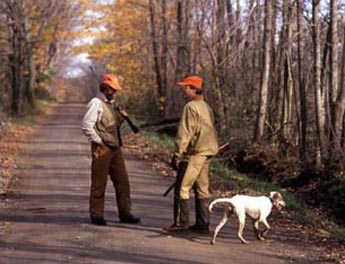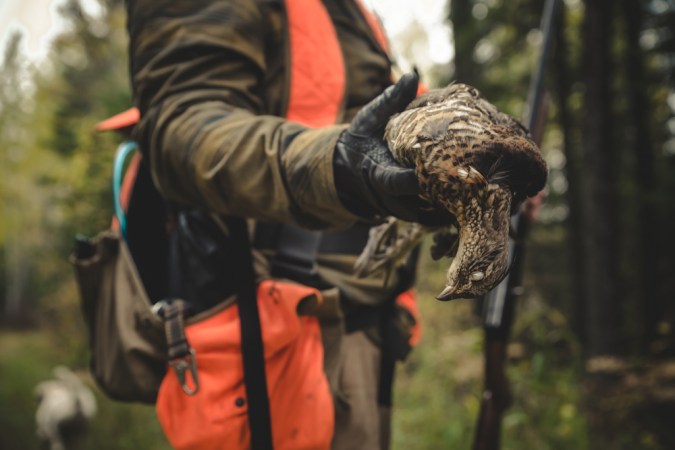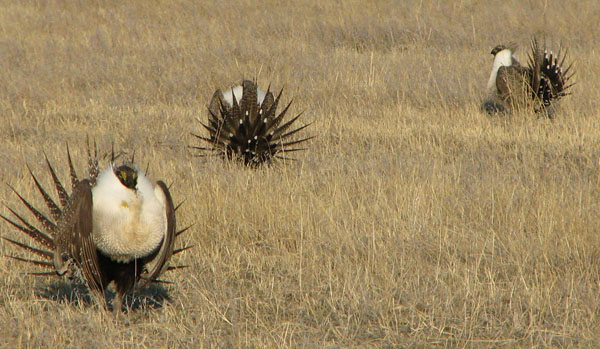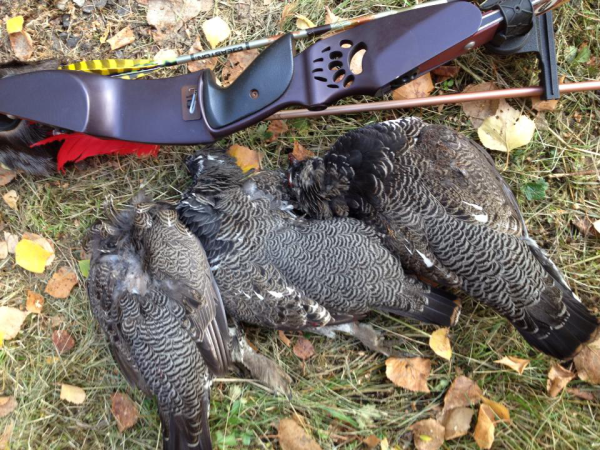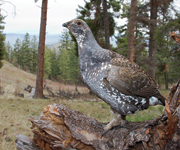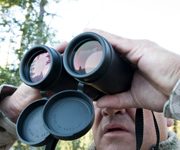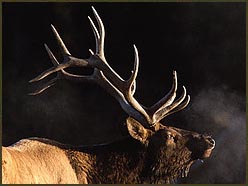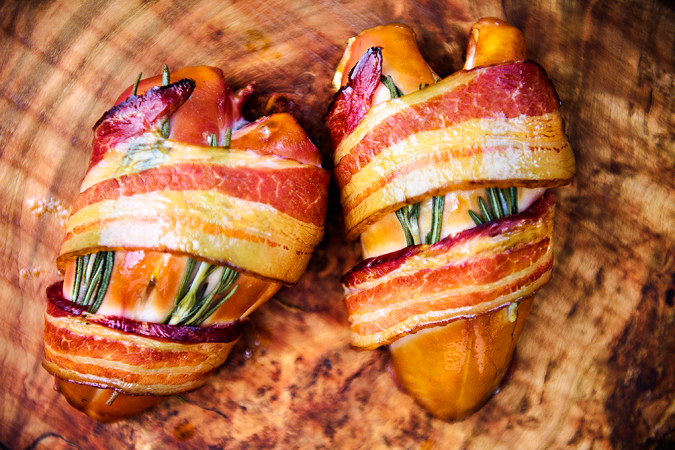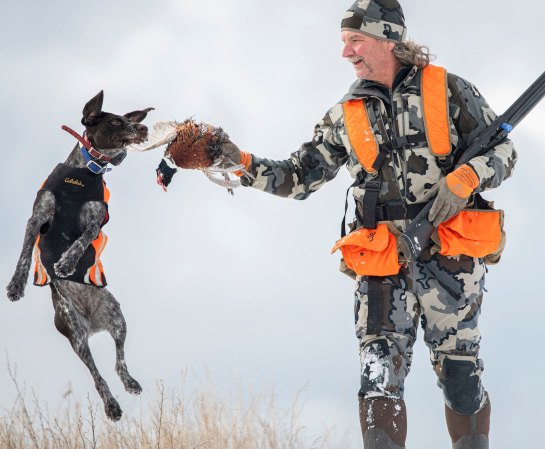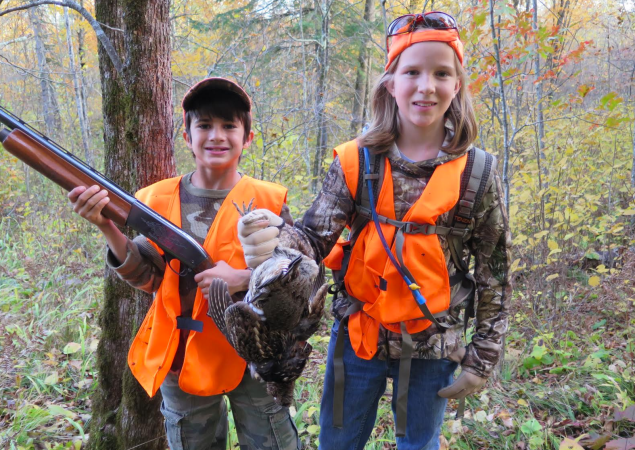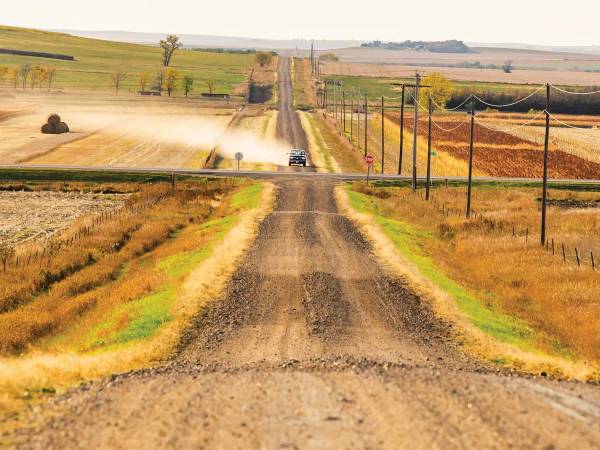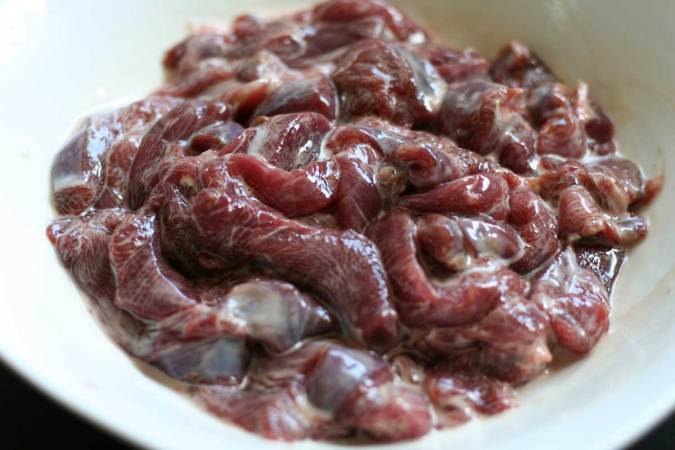On a Saturday morning last fall a blue grouse pitched off the ridgetop above me and flew down past me like a thrown spear. My shotgun’s muzzle swung down and in front of the grouse. The shot was so vertical that I nearly fired straight down. The dark bird tumbled, a few floating feathers pinpointing where it fell. I glanced around for someone to verify my shot, but nobody was there. In fact, I doubt if anyone even heard my shot. I was a long way up and there was just the grouse and me on the mountain. But then, that was the whole point of being there in the first place.
By setting their sights above the valleys overrun by pheasant hunters, upland bird hunters can find different species of mountain grouse–often on the same day–that are lightly hunted on the millions of acres of public land across the West. From Washington’s Cascade Mountains south across California’s Sierra Nevadas and from Montana down the Rockies to New Mexico, ruffed, spruce and blue grouse await hunters.
ELBOW ROOM
“The hills are uncrowded, so bird hunters have it good,” says Ben Deeble, a wildlife biologist with the National Wildlife Federation in Montana. “In fact, in the last five years I’ve met only one other grouse hunter on foot.”
The Western mountains are a wide sweep of country in which to find these birds so closely linked to the forest. Studies have indicated that there is approximately one blue grouse for every three acres of habitat, and 1 to 15 ruffed grouse per square mile. Considering that grouse might be gathered in flocks of 3 to 30 birds, however, a hunter can spend all season searching fruitlessly in these wide, open spaces.
Find a seep, spring or dribble of a creek in early autumn and chances are you will find grouse gathered nearby for the last moist forbs and berries of summer. “If your feet aren’t wet, you’re probably not in the appropriate habitat for grouse–especially ruffs,” says Deeble. In addition, each grouse occupies a separate niche in the mountains most of the time. Ruffed grouse inhabit creek-bottom thickets. Blues stick to open ridges leading up to timberlines, and spruce grouse remain secluded in dense stands of conifers, such as lodgepole pines.
RUFFS AND CLEAR-CUTS
Ruffed grouse in the West reside in Washington, Idaho, Montana, Oregon, Wyoming, Utah and California. Coloration tends toward red in wetter and northern areas, and paler or grayish in the drier and southern parts of their range. Even in the rainy Pacific Northwest, ruffs stay near creek bottoms and swamps. These creeks wind far into the mountains, and ruffed grouse, thought of mainly as lowland birds, might be found as high as 7,000 feet, depending on food availability.
During a particularly wet year, the grouse might stay on hillsides or benches above creeks and swamps. In California, ruffs tend to hang along creeks in alders and redwoods. Early fall foods include berries such as kinnikinnick, snowberries and chokecherries. In Idaho, western Montana and northern Utah, ruffs seek quaking aspen for their buds.
“Because of the birch, alder and aspen, which grow up later, ruffed grouse really benefit from heavy logging, as opposed to old-growth forests where nothing much grows except big trees,” Deeble says. “My best hunting for ruffed grouse has been in twenty-year-old clear-cuts.”
RAMBLING BLUES
Blue grouse also benefit from logging. “Blues need that edge between evergreen stands and grass,” Deeble notes. Young-of-the-year blue grouse rely heavily on the protein provided by grasshoppers. “One of the best times to hunt blues is in the early morning at a forest’s edge,” he adds. “The grasshoppers are still sluggish from the night’s cold, and the grouse really get after them then.”
Early in the fall, blues are found at their lowest elevation. That might be as low as the banks of the Snake River in Idaho, the sagebrush foothills in northwestern Colorado or the middle elevation of timbered draws and meadows across eastern Washington into Montana. A blue grouse waddling along with its craw stuffed with dandelions, clover, huckleberries or insects looks one step from the oven. And that’s a good thing too. “Blue grouse are the best table fare of any upland bird in the West,” in Deeble’s opinion.
The dusky to bluish gray of male and the mottled brown of females blend perfectly into the branches of weathered fallen logs where grouse roost at midday. When the heat of the day has evaporated ground scent, dogs huff past. The grouse is nothing but a bump on a log, the jewel sparkle of its black eye the only hint of its presence.
When one or several blue grouse flush, reload for more. Like quail, blue grouse often bunch up in flocks of 15 to 20. “That covey tendency has to be the result of several broods coming together, but I don’t see that with ruffed and spruce grouse,” says Deeble.
As fall progresses, blues gradually move upslope. In the barren cupboard of the high country, their diet switches to evergreen needles, usually Douglas fir. They might go as high as 9,000 feet at timberline in southwestern Montana or west-central New Mexico. Telemetry studies in Washington have found that blue grouse often stay in one tree the entire winter. “Once blue grouse start eating needles, they’re no longer very good to eat. There’s no getting around that turpentine flavor,” Deeble says.
HUNTING SPRUCE GROUSE
Spruce grouse are a trusting bird tied to the evergreen forests of Washington, Idaho, Montana and some parts of Alaska. “Spruce grouse are often called fool hens for a reason,” Deeble notes. “Their normal method of escape from predators is to freeze on the ground or the low branches of a tree. That works fine to evade a goshawk or lynx, because the still grouse become invisible to them. But human hunters can see them easily.” Because of their tendency to freeze at the approach of potential danger, frequently the difficult part of hunting spruce grouse is to make them fly for a shot on the wing.
Spruce grouse are slightly smaller than ruffed grouse. Males are slate gray to black, with a red comb above the eye. A white bib and white-spotted flanks blend to a black tail with a brown terminal band. Feathers of freckled brown cloak females and young.
Spruce grouse prefer dense stands of spruce or lodgepole pine. Young trees and an understory of shrubs like huckleberry provide ground cover for the birds. The sharp scent of ferns in a bog and the wallowing musk of rutting elk also point the way to spruce grouse. The grouse eat berries and the occasional beetle. But their favorite food is conifer needles, which gives their meat the taste of pine pitch.
Last fall, Deeble had the kind of day that best illustrates where to hunt mountain grouse. As he drove to his hunting spot he saw a couple of ruffed grouse near the edge of the road. Deeble parked his car and let his dog out, and they started up the creek bottom in the morning light.
The dog went on point, and as Deeble walked up, a ruffed grouse flushed. He knocked it down with a single shot. He turned up the mountain into a thicket of lodgepole pines and his dog pointed again. That time, Deeble added a spruce grouse to his bag. “Then, an hour later at the top of the ridge, my dog pointed a flock of blues, and I got one with my third shot of the day,” he recalls.
Better yet to a bird hunter, it’s doubtful that anyone was close enough to hear his shots.

